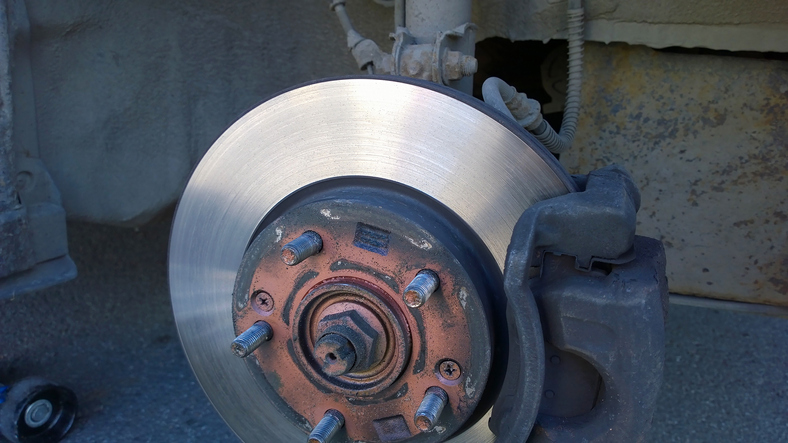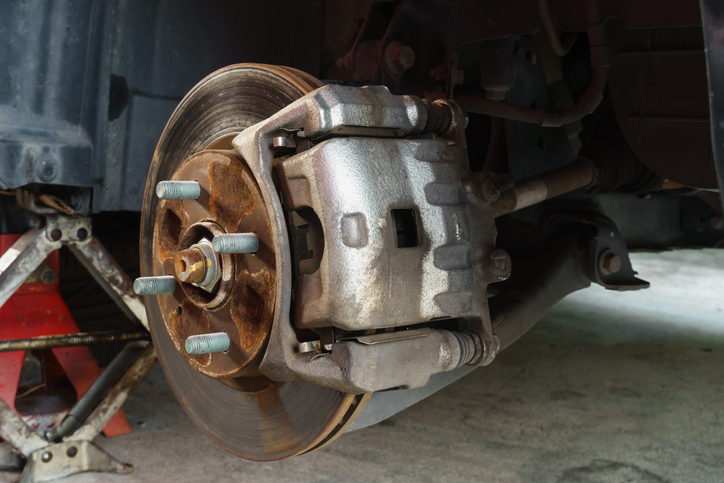The Difference Between Brake Shoes and Brake Pads Explained for Automotive School Students

A vehicle’s braking system may be equipped with either brake pads or brake shoes, but many drivers are unaware of the difference between these elements. Brake shoes are used in vehicles with drum braking systems, and have been in use for longer than brake pads, while brake pads are found in vehicles equipped with disc braking systems.
If you’re considering a career as an auto mechanic, it’s important to be able to distinguish between these two components and their respective braking systems in order to accurately resolve issues and perform maintenance on a vehicle.
Read on to discover more about brake pads and brake shoes, as well as the major differences between these components.
An Overview of Brake Pads for those with Mechanic Training
Brake pads are found in vehicles with disc braking systems, and today, these systems are the most commonly used form of braking in newly manufactured vehicles. Within a disc braking system, a caliper squeezes brake pads against a rotor disc, generating friction which creates the slowing motion a vehicle relies upon to come to a stop. Brake pads are made from a ceramic, metallic or other friction-conducting material. Due to their capacity to resist heat, brake pads can be used on a vehicle’s front axles. As those with mechanic training may discover, brake pads can come in a variety of materials, shapes and sizes depending on the vehicle and driving style they are tailored to.

What are Brake Shoes? A Look at How They Work
Brake shoes are components of a drum braking system. These devices have been in use for longer than brake pads, as they were included within the first automobiles. Today, brake shoes are still found on the rear axles of some vehicles, as they’re both durable and cost-effective. Brake shoes are located inside of brake drums, and when a driver puts on the brakes, brake shoes are pushed outward, creating friction and putting pressure on the inside of the brake drum in order to slow the vehicle down. Curved in shape, brake shoes are commonly manufactured from steel.
The Main Differences Between Brake Pads and Brake Shoes
There are a few major differentiating factors between brake pads and brake shoes. If you want to become an auto mechanic, it’s important to take note of the differences between these components in order to properly service a vehicle and keep drivers safe on the roads. One of the main differences between brake shoes and brake pads is the direction of force applied by these devices to stop a vehicle. While brake shoes push outward to stop a vehicle, brake pads are pushed together in order to apply pressure to the rotor disc, slowing the vehicle down.

While this brake pad action tends to be more powerful than that of brake shoes, brake shoes have the advantage of being more durable due to the fact that they’re located at a vehicle’s rear axles. Brake shoes are also located inside the brake drum, preventing dirt and corrosion from interfering with their effectiveness, while brake pads are more vulnerable to road conditions.
One final and important difference is that brake pads have a greater amount of stopping power than brake shoes, making them ideal for stopping vehicles at faster and shorter rates. Overall, the superior efficiency of brake pads for slowing a vehicle down has helped them become the braking system component of choice in most vehicles today.
Are you ready to enroll in automotive school?
Get the training you need at ATC Cambridge! Start exploring today.

